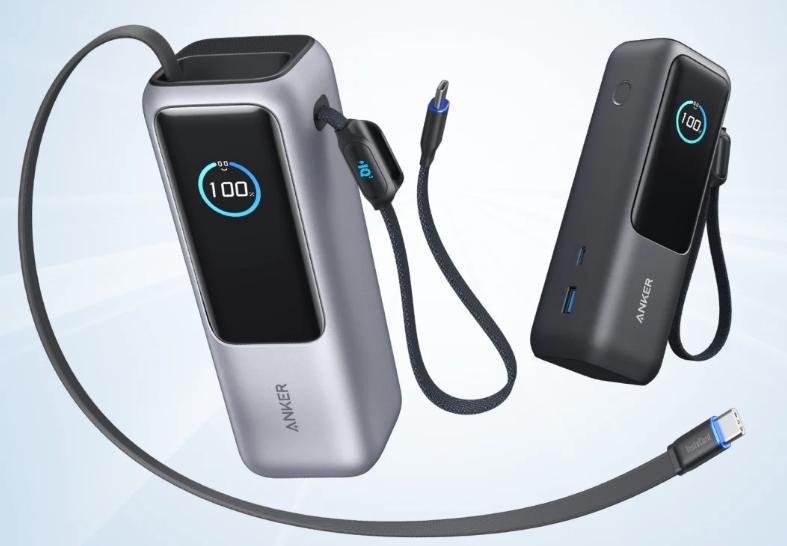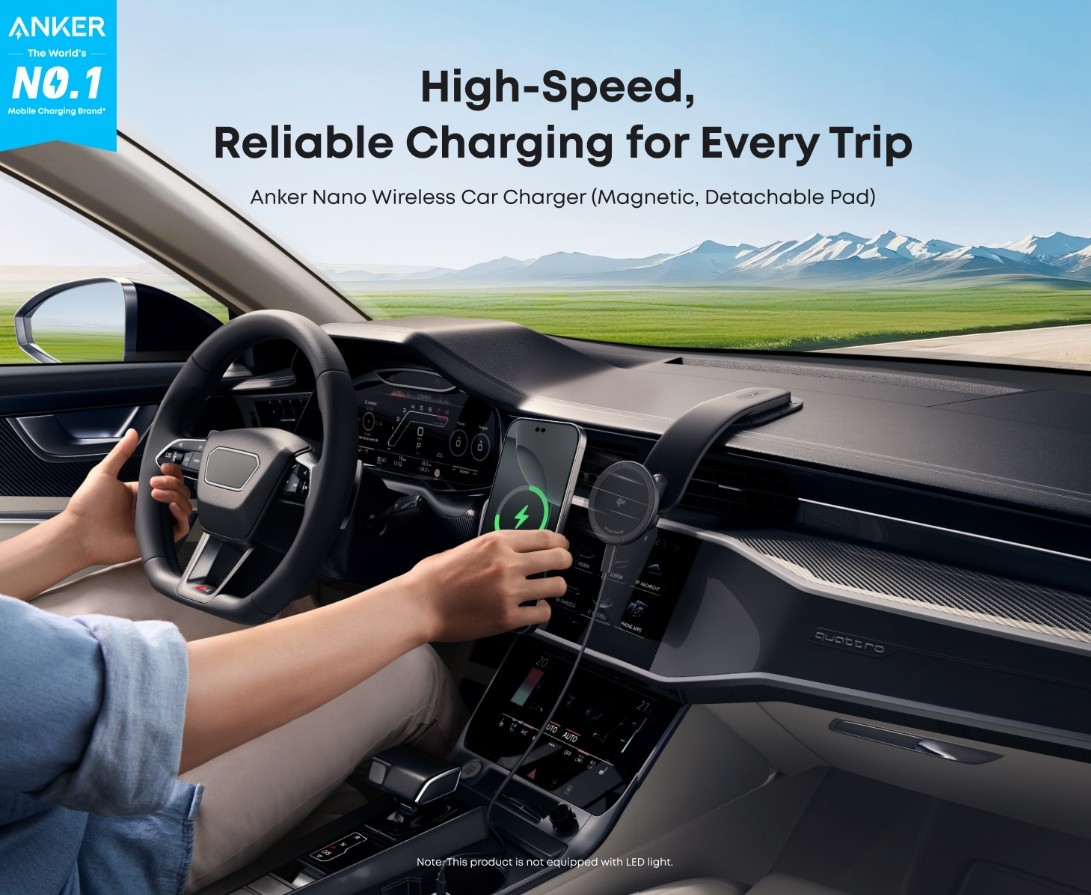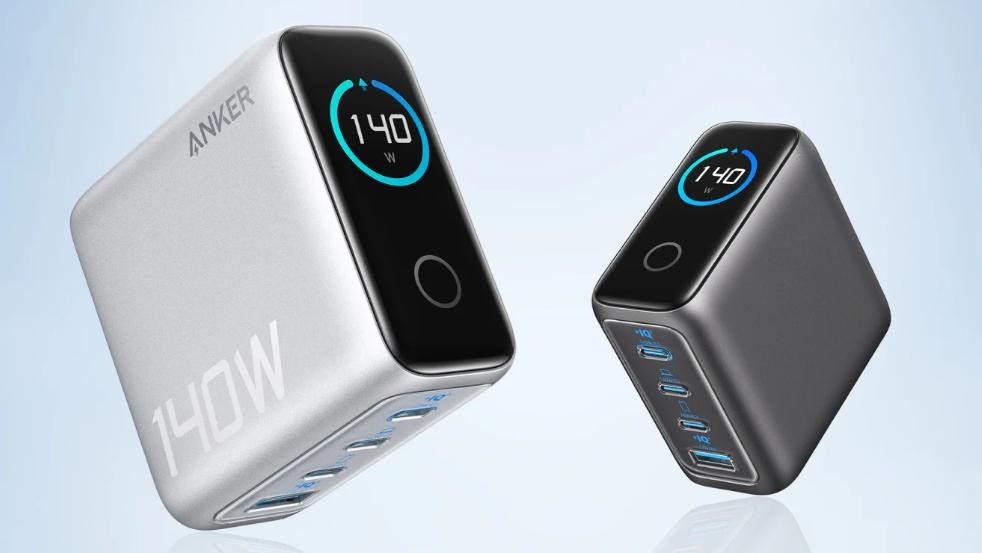A power bank must be charged properly to ensure its longevity and functionality. Incorrect charging practices can damage the battery’s health over time, diminishing capacity and efficacy. Understanding the elements that influence the longevity of your power bank will help you guarantee that it continues to deliver consistent charging when you need it the most. This tutorial will lead you through critical habits that help keep your power bank healthy, including environmental conditions, charging cycles, and the best ways to charge safely and efficiently. Using these steps, you can extend the life of your power bank and keep it functioning properly for years.

What Affects the Lifespan of a Power Bank?
Heat and Environmental Factors
Heat is one of the most important variables that might affect the life of a power bank. High temperatures can destroy internal components, reducing overall performance. Storing and using a power bank in hot settings, such as inside a car or in direct sunlight, can cause it to overheat, potentially damaging the battery. Similarly, low temperatures can lower battery performance and hinder charging. To extend its life, keep your power bank in a cool, dry area and avoid using it in severe temperatures. Proper environmental maintenance will assist in preserving its capability and preventing premature failure.
Charging Cycles and Battery Health
Every time you charge and discharge your power bank, it goes through a “cycle.” A normal lithium-ion battery, which is used in most power banks, has a limited number of charge cycles—usually 500 to 1000 complete charges—before its capacity begins to decrease. Frequent partial charges do not qualify as full cycles; therefore, it is preferable to charge your power bank while it is between 20% 30% rather than letting it deplete totally. High usage will gradually limit the battery’s ability to hold a charge; thus, it is critical to prevent overcharging. You may increase the useful life of the power bank by controlling how frequently you charge and avoiding too many cycles in a row.
Impact of Overcharging or Undercharging
Overcharging or undercharging your power bank can significantly reduce its lifespan. Many current power banks have built-in safety safeguards to prevent overcharging, but leaving them plugged in for too long, even after it has reached 100%, can cause heat buildup and long-term harm. Undercharging, or letting the battery deplete fully before recharging, might reduce the number of effective charging cycles. To keep your battery healthy, avoid overcharging and deep discharging. Instead, charge the power bank when it reaches 20-30% capacity and disconnect it once completely charged to ensure safe and effective performance.

How Do You Charge a Power Bank the Right Way?
First Charge: What You Need to Know
The first charge of your power bank is critical for maximizing battery life. When you initially obtain a power bank, fully charge it before using it. Unlike traditional notions that lithium-ion batteries must be fully discharged, current power banks can withstand partial charges without impacting capacity. However, it is still a good idea to charge the power bank to full capacity first to calibrate the battery’s performance. For best battery health, avoid charging it to 100% on many occasions and instead maintain it between 20 and 80%. This will provide greater long-term performance and contribute to the overall efficiency of the power bank’s battery.
Choosing the Correct Charger and Cable
Using the proper charger and cord is critical for safely and efficiently charging your power bank. Always use the charger and cord that came with the power bank, since they are specifically designed for maximum power delivery. If you need to use a different charger, be sure it has the appropriate output voltage and amperage for your power bank. Using an unsuitable charger or low-quality cords may result in overheating or delayed charging. High-quality cables also enable faster, more efficient charging, lowering the risk of harm to both your power bank and the devices being charged. For example, a reliable portable charger can make charging more efficient, so always choose reputable brands for cables and chargers for safety.
Charging Time and Indicators Explained
The charging time varies depending on the capacity of your power bank and the charger used. Most power banks include LED indications that display the remaining battery life, and others include a separate indicator for charging status. A completely charged power bank takes around 3-6 hours to charge, depending on its capacity and the charger’s power output. Keep an eye on these indications to prevent overcharging. Many current power banks have built-in protections that stop charging once the battery is full, but it’s always a good idea to unplug once the battery reaches 100% to avoid unwanted heat buildup and maintain battery health.
Conclusion
Charging your power bank properly is critical for its health and lifespan. Understanding the elements that influence its longevity—such as heat, charging cycles, and overcharging—allows you to make minor changes to how you use and store your power bank to increase its lifespan. Always use a suitable charger, avoid excessive temperatures, and adhere to recommended charging and storage procedures. This ensures that your power bank will continue to be a reliable source of power for years, allowing you to stay connected without the worry of premature failure. Proper care now will lead to improved performance tomorrow.



